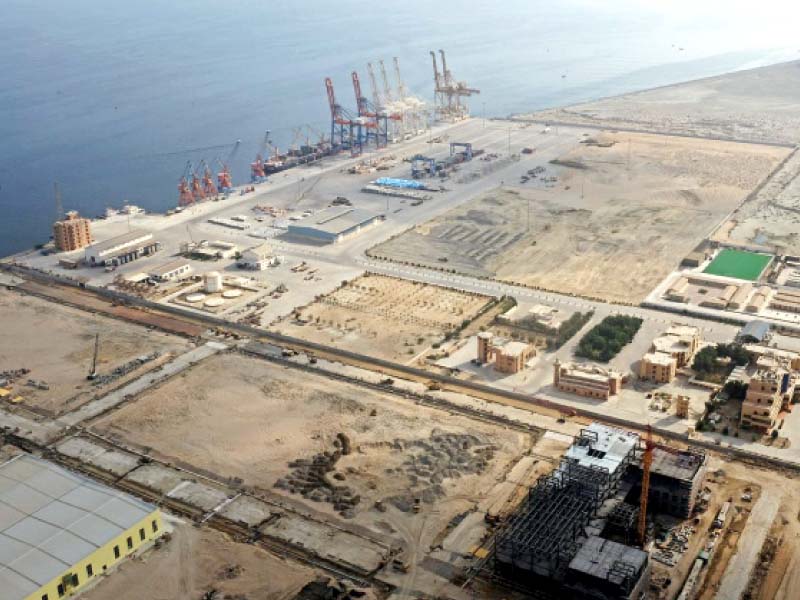
BEIJING:
Chinese public and private institutions play a key role in poverty eradication and China has set an example for the entire world to follow while Pakistani experts are also carefully watching Chinese government’s measures and are keen to learn from this experience, said Commercial Counsellor of Pakistan Embassy in Beijing Badaruz Zaman.
China marked October 17 as the seventh National Poverty Relief Day, a date that is also observed globally as the International Day for the Eradication of Poverty.
“Over the last four decades, more than 700 million people have been taken out of poverty in China due to active measures of the Chinese government,” said Zaman. “At the end of this year, China will successfully complete the building of a moderately prosperous society in all aspects of life.”
It is estimated that around 100 million people worldwide could fall into extreme poverty again due to Covid-19, he added.
Zaman stated that in the far-flung areas, China provided strong support for the farmer community and now it has access to e-commerce sites and farmers can sell their produce through those websites while making money.
Similarly, there is a lot of emphasis on skills development of the Chinese people from poor provinces such as Guizhou, Tibet and Xinjiang.
“China is one of the fastest growing nations. Its GDP has been increasing on a regular basis and growing income is giving an opportunity to the middle class and the poor segment of society to get benefit from it,” he said.
Talking to the China Economic Net, Zaman said that there is focus on the high-end industry, like information technology and cloud computing.
In addition to this, there is availability of infrastructure in areas where there is a lot of investment going in and people from poorer areas are getting employment opportunities.
“First, China developed infrastructure in small and far-flung areas and then it focused on agriculture by providing subsidies to farmers and poor people across the country,” he said.
“There is also an urbanisation approach since China relocated poor people to its cities which, in turn, increased the income level to a way higher mark than what they were getting in the villages” he stated.
By learning from Chinese experience, Pakistan needs to focus on its GDP growth, he stressed.
“We have been experiencing strong growth in the services sector of Pakistan but still there is a long way to go as we need to focus on the supply chain and a more efficient services sector where more and more poor people can be employed,” he said. “Pakistan needs to focus on literacy as well as technical and vocational education, which will help eradicate poverty.”
He mentioned that targeted subsidy programmes like Ehsaas and the Benazir Income Support Programme support the poorest of the poor.Pakistan’s Ehsaas programme is being appreciated by all multinational institutions and many developed countries, he pointed out. This has also provided an opportunity to survive in this difficult time of Covid-19.
On the other hand, the Kamyab Jawan programme provided an opportunity for youngsters to start new business.
Zaman stated, “45% of the Pakistani population is related to the agriculture sector, but the contribution of agriculture to the country’s GDP is less than 20%. We see that there is a surplus of manpower.”
Pakistan has more than 150 million telecom subscribers, and out of that, almost 75 million are using at least 3G services. So, there had been great progress in peer-to-peer lending online platforms and Pakistan can learn from Chinese experience.
He pointed out that in the first phase of China-Pakistan Economic Corridor, Pakistan focused on energy and infrastructure.
But in its second phase, there was high focus on social development and projects that are closer to the masses such as health and education where Chinese companies like He Eyecare, Shenyang Biotech and Neusoft are investing and playing an important role in poverty alleviation.
THIS ARTICLE ORIGINNALY APPEARED ON THE CHINA ECONOMIC NET
Published in The Express Tribune, October 18th, 2020.
Like Business on Facebook, follow @TribuneBiz on Twitter to stay informed and join in the conversation.
































































COMMENTS
Comments are moderated and generally will be posted if they are on-topic and not abusive.
For more information, please see our Comments FAQ